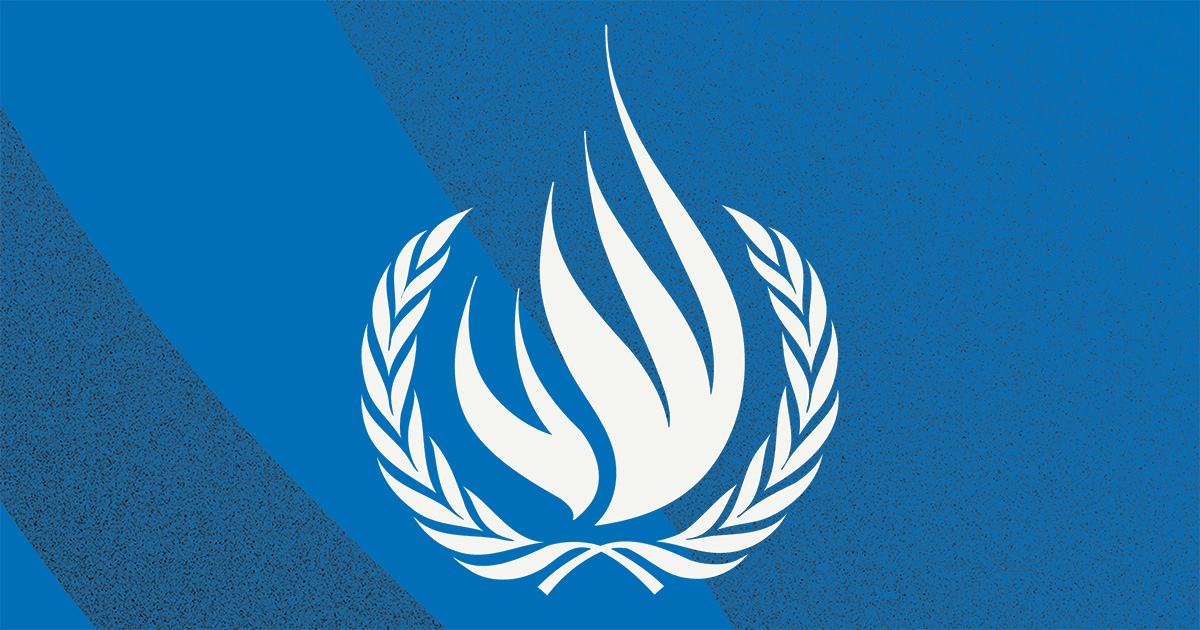
The Russian-American dispute in Ukraine and other areas of competition can also be seen in Syria. Iran’s project to control the Arab north all the way to Turkey’s border is going as planned, just like it’s been warned.
Turkey’s worry that the crisis will spill over into its territories led it to shift its defensive policy to an offensive one by launching an operation in Syria’s Afrin. Israel has also become a major party in the war there.
It is normal for the region to be affected by the quick developments and the power struggles in Syria. The neighboring countries or Turkey, Iraq, Jordan, Lebanon and the Palestinian territories, as well as the Arab Gulf and Iran are likely to suffer the consequences of the conflict.
The Iranians have intentionally opened the Yemeni front against Saudi Arabia to weaken and get it out of the conflict in Syria so they can easily win there. We must admit that they succeeded at that.
Yemen’s developments are a result of the severe regional conflict and they show that letting Iran take over Syria, Lebanon and Iraq will not simply end there. Iran’s control over Lebanon enabled it to take over Syria by using “Hezbollah,” which it nurtured to be its regional force. Iran also used some Lebanese institutions to support its operations in Syria and it used Lebanon to support its Yemeni proxy, the Houthis.
The conflict in Syria is open to all possibilities as the recent clashes can either serve as a positive factor that forces all major parties to agree on solutions that avoid direct wars and minimize losses or they can have negative results and expand the conflict.
The latter scenario is more likely to happen. Although the US secretary of defense reiterated that they are militarily present in Syria to confront ISIS, this does not deny the fact that fighting terrorism calls for confronting Iranian and Syrian powers that used organizations, like ISIS, to justify their military activity against civilians. They have even allied themselves with terror groups against Syrian rebels.
I think when controlling the conflict between Russia, the US, Iran, Turkey and Israel fails, then Iraq will be the most vulnerable to danger. It is still recovering from its many battles with ISIS, the Kurdish secession bid and the increased divisions between sectarian powers, which include Shi’ites, Sunnis and the Popular Mobilization Forces (PMF). These divisions are like a time bomb that threatens the central authority.
Turkey is also more vulnerable to danger if it engages in battles against the Syrian regime’s allies or if it insists on pursuing Kurds who are allied with the US. Israel is in the eye of the storm as well, but it has enough power and alliances that make it less vulnerable to threats despite the blow it was dealt with the downing of one of its jets and the Iranians’ infiltration of its airspace.
We cannot discuss the repercussions of the conflict in Syria without stating that Iran itself is vulnerable to danger. Iran resembles a glass house following the protests, which erupted in dozens of cities and raised slogans demanding its withdrawal from Syria and suspend financial and military support to regime allies, the Lebanese “Hezbollah” and the Hamas Movement in Gaza.
The expansion of the war in Syria threatens the Khamenei regime in Tehran because it will lead to more bloodshed, money and defeats. The Iraqi war in the last decade proved that the entire region is vulnerable to conflict and divisions no matter how much it looks like it is controlled by clear rules of engagement.
Guaranteeing the security and stability of countries that are surrounded with war lies in believing in collective security and putting an end to greedy and expansive political projects.










